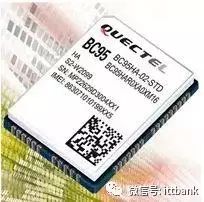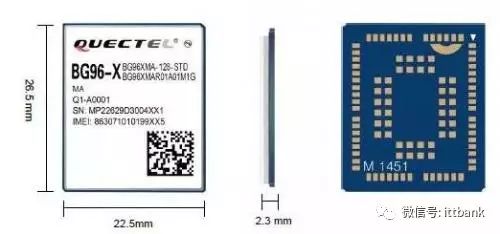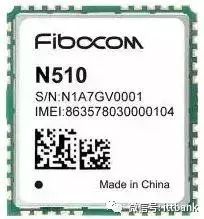
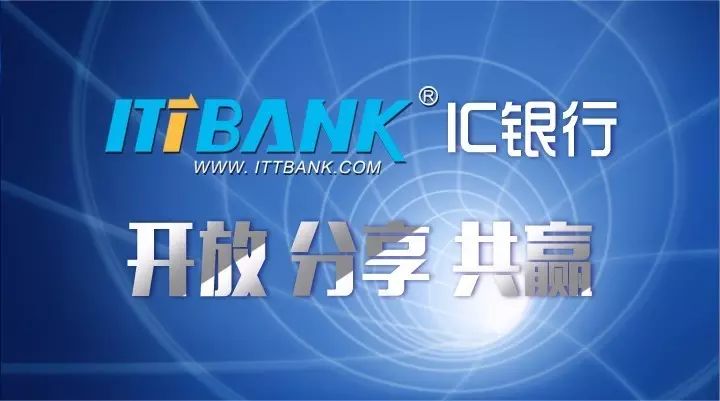
What Is NB-IoT?
There are many wireless communication technologies for the Internet of Things, mainly divided into two categories: one is short-range communication technologies such as Zigbee, WiFi, Bluetooth, and Z-wave; the other is LPWAN (Low-Power Wide-Area Network) technologies for wide-area communication. LPWAN can be further divided into two types: one operates in unlicensed spectrum, such as LoRa and SigFox; the other operates in licensed spectrum, including cellular communication technologies supported by 3GPP like EC-GSM, LTE Cat-M, and NB-IoT.
NB-IoT refers to Narrowband Internet of Things technology. NB-IoT focuses on the low-power wide coverage (LPWA) IoT market and is an emerging technology that can be widely applied globally. NB-IoT uses licensed frequency bands and can be deployed in three ways: in-band, guard band, or standalone carrier, coexisting with existing networks.
NB-IoT is a new IoT technology that has attracted attention due to its characteristics of low power consumption, stable connections, low cost, and excellent architecture optimization. Huawei, as a leading company in the domestic development of NB-IoT technology, has also garnered significant attention in the tech community.
What Are the Original Manufacturers and Models of NB-IoT Chips?
NB-IoT chip manufacturers mainly come from GSM/LTE modem companies, as well as MCU companies similar to WiFi/BT. In the future, more NB-IoT chip manufacturers are expected to enter the market, with price competition anticipated to begin in Q3 2017.
The original manufacturers of NB-IoT chips are as follows:
Headquarters: USA
Main Business: Snapdragon mobile processor platform, wireless chipsets, 3G/4G chipsets, system software and development tools, wireless solutions, etc.
Main NB-IoT Chip Model: MDM9206
Production Time: Mass production by the end of May
Product Features: Supports all global frequency bands for Cat-M1 and Cat-NB1 LTE, multi-mode support for eMTC/NB-IoT/GSM, integrated GPS, Glonass, BeiDou, and Galileo global navigation satellite positioning services.
Official Website: http://www.qualcomm.cn/
Headquarters: Shenzhen
Main Business: Network monitoring chips, visual phone chips, DVB chips, IPTV chips.
Main NB-IoT Chip Models: Boudica 120/Hi2110
Production Time: Mass production by the end of June
Product Features: Equipped with Huawei LiteOS embedded IoT operating system
SOC: BB+RF+PMU+AP+Memory;
3 ARM Cores: AP+CP+SP
Main NB-IoT Chip Models: Boudica 150
Production Time: Mass production in Q4
Product Features: Supports 698-960/1800/2100MHz
Official Website: http://www.hisilicon.com/
Headquarters: Shanghai
Main Business: GSM baseband/multi-mode RF transceiver chips/multi-mode RF amplifier chips/Bluetooth, wireless, FM radio combination chips/set-top box tuners/digital and analog TV chips/walkie-talkie transceivers/satellite TV LNBs.
Main NB-IoT Chip Model: RDA8909
Production Time: Mass production by the end of June
Product Features: Supports dual-mode 2G and NB-IoT, RDA8909 complies with 3GPP R13 NB-IoT standards and can support the latest 3GPP R14 standards through software upgrades.
Main NB-IoT Chip Model: RDA8910
Production Time: Mass production in Q2 2018
Product Features: Supports eMTC, NB-IoT, and GPRS tri-mode
Official Website: http://www.rdamicro.com/
Headquarters: Shenzhen
Main NB-IoT Chip Model: Wisefone 7100
Production Time: Commercially available by the end of September
Product Features: Fully functional, all-band NB-IoT chip, internally integrated with Zhongtian Micro’s CK802 chip
Official Website: http://www.sanechips.com.cn/
Headquarters: USA
Main Business: Integrated chip design, motherboard chipsets, network cards, flash memory, graphics chips, embedded processors, etc.
Main NB-IoT Chip Model: XMM 7115
Production Time: Samples not yet provided
Product Features: Supports NB-IoT standards
Main NB-IoT Chip Model: XMM 7315
Production Time: Mass production in Q4
Product Features: Supports both LTE Category M and NB-IoT standards; a single chip integrates LTE modem and IA application processor
Official Website: http://www.intel.cn
Headquarters: Israel
Main Business: Altair is a chip design company producing 4G technology terminal baseband processors, as well as RF transceiver chips for 4G terminals designed for FDD and TDD frequency bands.
Main NB-IoT Chip Model: ALT1250
Production Time: Mass production by the end of July
Product Features: Cat-M and Cat-NB1, integrated GPS; 90% of components in cellular IoT modules—such as RF, baseband, front-end components, power amplifiers, filters, and switches—are integrated into ALT1250
Main NB-IoT Chip Model: Monarch SX
Production Time: Mass production by the end of July
Product Features:
Based on Sequans’ Monarch LTE-M/NB-IoT platform, it includes baseband, RF, RAM, and power management, and integrates:
ARM Cortex-M4 processor
Media processing engine for audio and voice applications, including support for VoLTE on LTE-M
Low-power sensor hub
GPU and display controller
IoT interfaces for USB, screens, microphones, batteries, GNSS, SIM cards, security elements, Wi-Fi, Bluetooth Low Energy, keyboards, accelerometers, gyroscopes, and other sensors
Single-chip FC-CSP packaging
Headquarters: Norway
Main Business: Nordic Semiconductor is a fabless semiconductor company specializing in ultra-low-power (ULP) short-range wireless communication technologies in the unlicensed 2.4GHz band and industrial, scientific, and medical (ISM) bands below 1 GHz. Customers can use Nordic’s ultra-low-power (ULP) wireless solutions to add wireless connectivity to various products.
Main NB-IoT Chip Model: nRF91
Production Time: Samples available in the second half of 2017, supply in 2018
Product Features: 3GPP Release 13 LTE-M and NB-IoT
Official Website: http://www.nordicsemi.com/
Main Business: GCT Semiconductor is a leading fabless semiconductor company providing innovative IC solutions for the wireless communications industry.
Main NB-IoT Chip Model: GDM7243I
Production Time: Mass production in Q3
Product Features: LTE Category M1/NB1, highly integrated with RF transceivers, baseband, and RAM storage
Cat-M1 (1.4MHz)
Cat-NB1 (200KHz)
Official Website: http://www.gctsemi.com/
Headquarters: Taiwan
Main Business: Integrated system solutions for wireless communication and digital multimedia chips
Main NB-IoT Chip Model: Unknown
Production Time: Mass production in Q4
Official Website: http://www.mediatek.com/
Headquarters: Suzhou
Main Business: Engaged in the research and development of baseband processor architecture and CPU/DSP cores for the next generation of mobile communications, developing supporting multi-mode communication protocol stacks and development tools, as well as low-power, low-cost, programmable, multimedia terminal baseband SoC chips. Current product directions include:
– GSM/GPRS/EDGE+GPS terminal processing chips and terminal solutions for 2G/2.5G wireless communication networks
– TD-LTE wireless terminal processing chips and terminal module solutions for 3.9G wireless communication networks
– Near-field communication technology (NFC) based on 2.4G/5.8GHz frequency.
Main NB-IoT Chip Model: Unknown
Official Website: http://www.simplnano.cn/
Headquarters: USA
Main Business: Microprocessor architecture and digital signal processing.
Main NB-IoT Chip Model: Unknown
Official Website: http://www.marvell.com/
What Are the NB-IoT Module Manufacturers?
NB-IoT has a wide range of applications, and the concentration of NB-IoT module manufacturers is not as high as that of chip manufacturers.
The NB-IoT module manufacturers are as follows:
Headquarters: Shanghai
Main Business: Quectel Wireless Solutions is a leading global supplier of GSM/GPRS, UMTS/HSPA/(+), LTE, and GNSS modules.
Main NB-IoT Module Models: BC95-B20/B8/B5/B28
NB-IoT Chip Used: Huawei HiSilicon Boudica
Quectel BC95 Module Based on Boudica 120
Main NB-IoT Module Models: BG96 Module
NB-IoT Chip Used: Qualcomm MDM9206
Quectel BG96 Module Based on MDM9206
Official Website: http://www.quectel.com/
Headquarters: Shenzhen
Main Business: Committed to achieving more, smarter, and more reliable wireless connections and services, with products covering a variety of communication module products of different standards and packages, vehicle networking communication terminal products, industry-specific terminals, and overall IoT solutions, recognized by various industries at home and abroad for continuous innovation and excellent quality.
Main NB-IoT Module Model: ME3612
NB-IoT Chip Used: Qualcomm MDM9206
Official Website: http://www.ztewelink.com/
Headquarters: Switzerland
Main NB-IoT Module Model: SARA-N201
NB-IoT Chip Used: Huawei HiSilicon Boudica
Official Website: http://www.gpsbaby.com/
Headquarters: Shenzhen
Main NB-IoT Module Model: NB05-01
NB-IoT Chip Used: Huawei HiSilicon Boudica
Official Website: http://www.lierda.com/
Headquarters: Shenzhen
Main Business: Focused on exploring and realizing wireless application needs, providing professional industrial module products for various communication standards such as LTE, WCDMA, EVDO, GPRS, CDMA 1X, short-range wireless, as well as industrial IoT solutions, with a complete R&D and design system covering product planning, industrial design, structure, hardware, software, testing, ID, and logistics; the core R&D team comes from leading wireless communication companies in the industry.
Main NB-IoT Module Model: N20
NB-IoT Chip Used: Qualcomm MDM9206
Official Website: http://www.neoway.com/
Headquarters: Shanghai
Main Business: An industry-leading supplier of GSM/GPRS, WCDMA/LTE, NB-IoT, GPS/GNSS modules. The company is dedicated to providing intelligent and non-intelligent wireless module products and application solutions.
Main NB-IoT Module Model: L700
NB-IoT Chip Used: Qualcomm MDM9206
Official Website: http://www.mobiletek.cn/
Main Business: A global leader in M2M modules and solutions. Committed to providing GSM/GPRS/EDGE, WCDMA/HSPA/HSPA+, CDMA 1xRTT/EV-DO, FDD/TDD-LTE wireless cellular communication, as well as GPS/GLONASS/BEIDOU satellite positioning and other technical platform modules or terminal-level solutions.
Main NB-IoT Module Model: SIM7000C
NB-IoT Chip Used: Qualcomm MDM9206
Official Website: http://www.simcomm2m.com/
Main Business: A global leader in information and communication solutions. Provides a full range of wireless communication modules and IoT application solutions based on wireless communication modules.
Main NB-IoT Module Model: A9500
NB-IoT Chip Used: Qualcomm MDM9206
Official Website: http://www.longsung.com/
Headquarters: Chongqing
Main Business: A wholly owned subsidiary established by China Mobile Communications Group Corporation. A supporter of IoT business services, a provider of dedicated modules and chips, and a promoter of IoT dedicated products.
Main NB-IoT Module Model: M5310
NB-IoT Chip Used: Huawei HiSilicon Hi2110
Official Website: http://iot.10086.cn/
Main Business: A leading provider of intelligent IoT services.
Main NB-IoT Module Model: C1100
NB-IoT Chip Used: Qualcomm MDM9206
Headquarters: Shenzhen
Main Business: The first listed company (stock code: 300638) in China providing wireless communication modules and solutions. Fibocom’s products cover LTE, NB-IoT/eMTC, HSPA+, GSM/GPRS wireless communication modules and solutions, with major shareholders including Intel, the world’s largest personal computer parts and CPU manufacturer.
Main NB-IoT Module Model: Fibocom N50
NB-IoT Chip Used: Intel XMM7115
Fibocom N510 Module Based on XMM7115
Main NB-IoT Module Model: Unknown
NB-IoT Chip Used: RDA
Official Website: http://www.fibocom.com.cn/
Headquarters: London, UK
Main Business: Telit is a global leader in IoT implementation.
Main NB-IoT Module Model: Unknown
NB-IoT Chip Used: Intel
Official Website: http://www.telit.com/
Headquarters: Shenzhen
Main Business: The company’s core business is the development, production, and sales of IoT intelligent terminals, wireless communication modules (M2M), and intelligent hardware based on new generation information technology and long-distance wireless data transmission technology, as well as precision mold development and precision component production and sales.
The company’s IoT intelligent terminal, LTE module products, and wireless data solutions have been widely applied in security monitoring, mobile payment financial POS, vehicle-mounted intelligent rearview mirrors, DTU, charging piles, police terminals, logistics handhelds, etc.
Main NB-IoT Module Model: SLM150
NB-IoT Chip Used: Qualcomm
Official Website: http://www.meigchina.com/
Headquarters: Xiamen
Main Business: A comprehensive solution provider for IoT focusing on location services and wireless communication technology, designing and developing GNSS/GPRS positioning terminals, GSM/GPRS series, WCDMA series, and LTE series wireless communication terminals, as well as customized products and related software technologies widely applicable in smart home, smart transportation, smart utilities, mobile payment, etc.
Main NB-IoT Module Model: ML3500
NB-IoT Chip Used: Qualcomm
Official Website: http://www.cheerzing.com/
Headquarters: Canada
Main Business: Provides hardware, software, and services in the wireless market, offering innovative, reliable, and high-performance solutions.
Main NB-IoT Module Model: Unknown
NB-IoT Chip Used: Altair
Official Website: https://www.sierrawireless.com/
Main NB-IoT Module Model: Unknown
NB-IoT Chip Used: Sequans
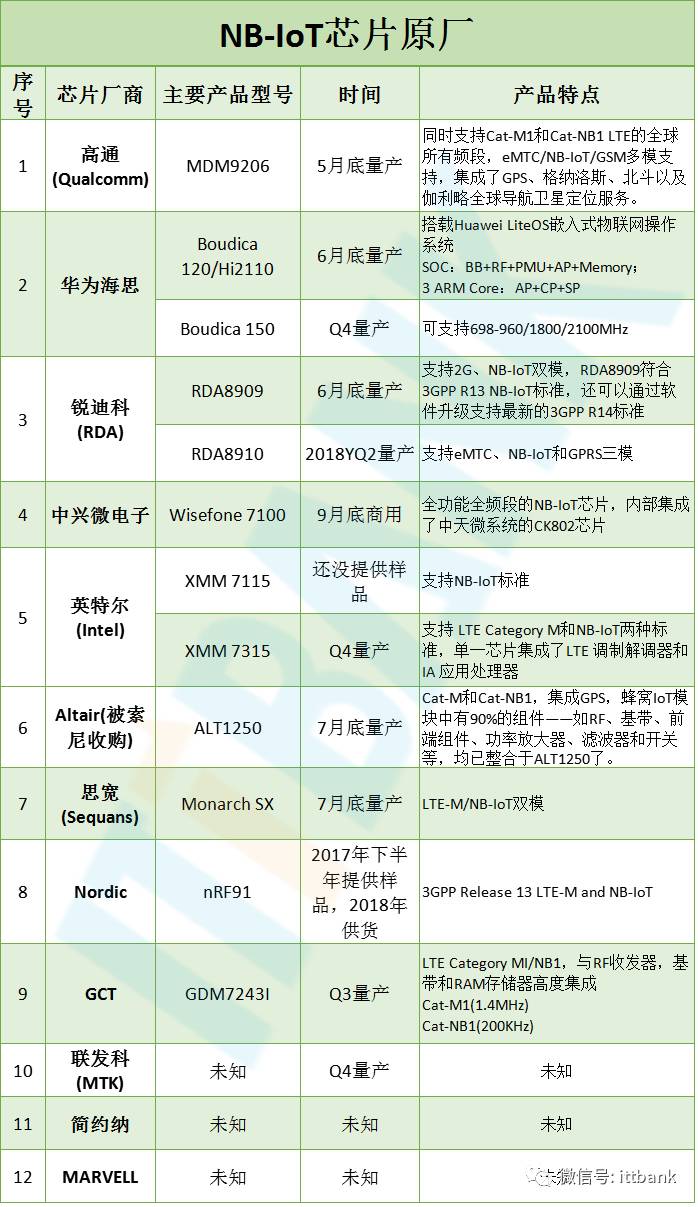
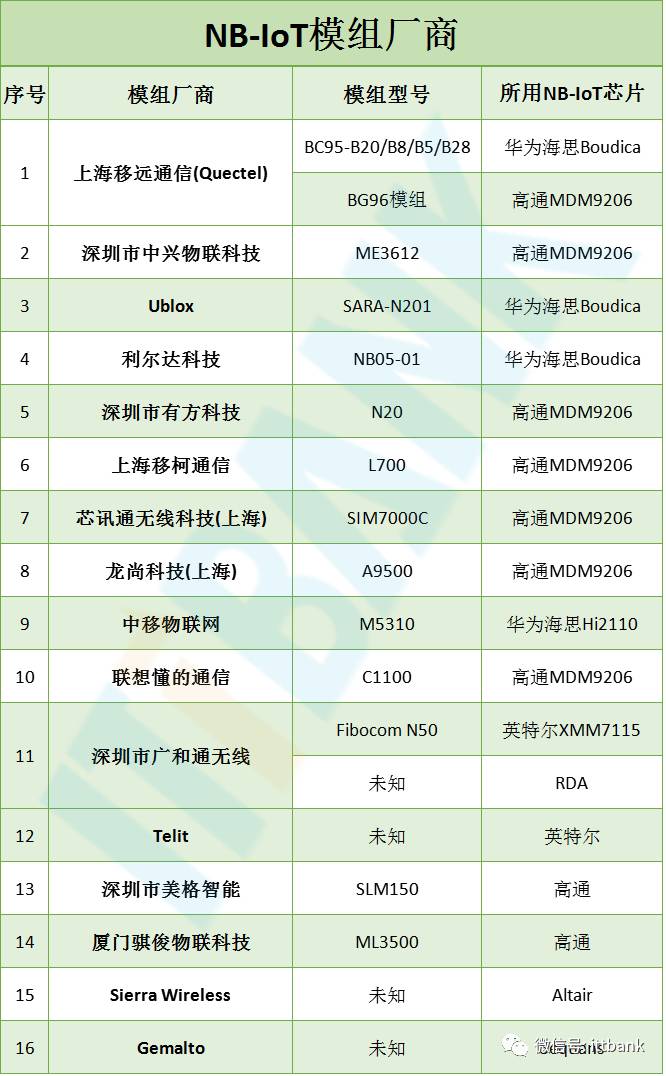
The Development Process Flowchart for NB-IoT Chips and Modules is as follows:
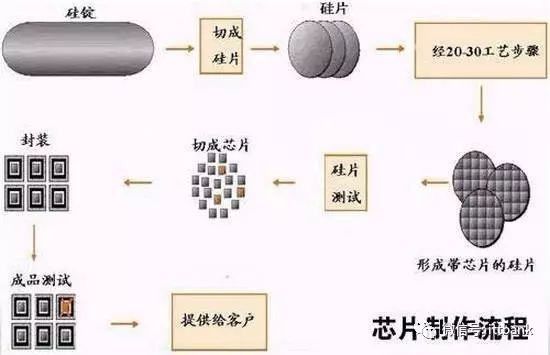
The Comparison Table of NB-IoT and Other Low-Power Wide Area Network Technologies is as follows:
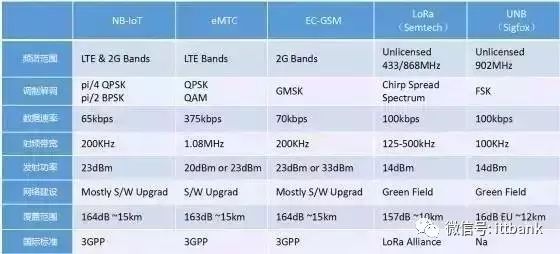
Top Ten Questions and Answers About NB-IoT
Q1: Does the NB-IoT module still need a SIM card?
A: It should be noted that currently developing NB-IoT chips still requires operator network support and a SIM card.
In other words, the NB-IoT module needs the network access license required by each country. The SIM card must be bound to the IMEI number.
Q2: How are the frequency bands for NB-IoT divided by domestic and foreign operators?
A: Most global operators use the 900MHz band to deploy NB-IoT, while some deploy it in the 800MHz band.
China Unicom’s NB-IoT is deployed in the 900MHz and 1800MHz bands, currently only 900MHz can be tested. China Mobile will obtain FDD licenses to build NB-IoT IoT and will allow reallocation of the existing 900MHz and 1800MHz bands. China Telecom’s NB-IoT is deployed in the 800MHz band, with a frequency of only 5MHz.
Q3: What NB-IoT frequency bands are available to domestic operators?
A: In 2016, China Unicom launched field-scale network tests based on 900MHz and 1800MHz in seven cities (Beijing, Shanghai, Guangzhou, Shenzhen, Fuzhou, Changsha, Yinchuan), as well as over six business application demonstrations. In 2018, it will begin to promote NB-IoT commercial deployment nationwide. China Mobile plans to start the commercialization process of NB-IoT in 2017. China Telecom plans to deploy the NB-IoT network in the first half of 2017. Huawei, in cooperation with six operators (China Unicom, China Mobile, Vodafone, Etisalat, Telefonica, and Telecom Italia), established six open NB-IoT laboratories worldwide, focusing on business innovation, industry development, interoperability testing, and product compatibility verification. ZTE Corporation completed the technical verification demonstration of the NB-IoT protocol in collaboration with China Mobile at the China Mobile 5G Joint Innovation Center Laboratory.
Q4: Will the NB-IoT standard support TDD LTE?
A: Currently, FDD LTE systems support NB-IoT technology, while TDD LTE systems do not support NB-IoT technology.
The physical layer design of NB-IoT primarily follows LTE system technology, with the uplink using SC-FDMA and the downlink using OFDM. The high-level protocol design follows LTE protocols, with functional enhancements for its small data packets, low power consumption, and large connection characteristics. The core network part is based on the S1 interface connection, supporting both standalone deployment and upgraded deployment modes.
Q5: Does NB-IoT support base station positioning?
A: R13 does not support base station positioning, but operator networks can implement private solutions, such as location based on cell ID, which will not affect the terminal; it only requires the network to add a positioning server and establish contact with the base station.
R14 plans to enhance positioning support, supporting E-CID, UTDOA, or OTDOA; the target positioning accuracy desired by operators is within 50 meters.
From the perspective of terminal complexity, UTDOA is better because it has almost no impact on the terminal, and in enhanced coverage scenarios (164dB in basements), the power consumption of UTDOA (uplink) is lower; if most scenarios do not require enhanced coverage, from the perspective of network capacity, OTDOA (downlink) would be better.
Q6: What modulation technology does NB-IoT use?
A: The downlink uses OFDMA, with a subcarrier spacing of 15kHz. The uplink uses SC-FDMA, with Single-tone: 3.75kHz/15kHz, Multi-tone: 15kHz. It only needs to support half-duplex, with a separate synchronization signal. The terminal supports indicating the capability for Single-tone and Multi-tone. MAC/RLC/PDCP/RRC layer processing is based on existing LTE processes and protocols, with relevant optimizations made to the physical layer.
Q7: What are the connection state user numbers and activated user numbers for NB-IoT base stations?
A: NB-IoT provides a 50-100 times improvement in uplink capacity compared to 2G/3G/4G; under the same base station conditions, NB-IoT can offer 50-100 times the access numbers compared to existing wireless technologies. Based on simulation test data, a single base station cell can support 50,000 NB-IoT terminals.
Q8: What is the coverage range of NB-IoT base stations?
A: NB-IoT has improved gain by 20dB compared to LTE and GPRS base stations, with the expectation of covering areas where signals are difficult to reach, such as underground garages, basements, and underground pipelines. According to simulation test data, in standalone deployment mode, NB-IoT’s coverage capability can reach 164dB, and in-band and guard band deployments are still pending simulation testing.
Q9: What are the uplink and downlink transmission rates for NB-IoT?
A: The RF bandwidth of NB-IoT is 200kHz. Downlink rate: greater than 160kbps, less than 250kbps. Uplink rate: greater than 160kbps, less than 250kbps (Multi-tone)/200kbps (Single-tone).
Q10: Does NB-IoT support voice?
A: NB-IoT supports voice in the form of Push to Talk in scenarios without coverage enhancement. In scenarios with a 20dB coverage enhancement, it can only support functionalities similar to Voice Mail. NB-IoT does not support VoLTE due to its high latency requirements; the high-level protocol stack requires QoS guarantees, which would increase costs.
Application Scenarios for NB-IoT Technology:
-
1. Public Utilities: Smart water meters, smart water management, smart gas meters, smart heat meters.
-
2. Smart Cities: Smart parking, smart streetlights, smart trash bins, smart manhole covers.
-
3. Consumer Electronics: Standalone wearable devices, smart bicycles, chronic disease management systems, elderly and child management.
-
4. Equipment Management: Equipment status monitoring, white goods management, large public infrastructure, pipeline safety monitoring.
-
5. Smart Buildings: Environmental alarm systems, central air conditioning supervision, elevator IoT, civil defense space coverage.
-
6. Command Logistics: Cold chain logistics, container tracking, fixed asset tracking, financial asset tracking.
-
7. Agriculture and Environment: Agricultural IoT, livestock farming, real-time air monitoring, real-time water quality monitoring.
-
8. Other Applications: Mobile payment, smart communities, smart homes, cultural relic protection.
In summary, the applications of NB-IoT are divided into four areas: Public Service Area, Personal Area, Industrial Manufacturing Area, and New Technology and New Business Area.
The Public Service Area is the primary focus, with smart metering for water, electricity, and gas, public parking management, and environmental monitoring being identified as entry points.
In the Personal Life Area, applications in smart homes, wearable devices, care for children and the elderly, pet tracking, and consumer electronics are included. However, I do not believe smart homes are the primary application scenario for NB-IoT, but care for children and the elderly and pet tracking have great potential, along with the potential for business model innovation.
In the Industrial Manufacturing Area, the application scenarios for NB-IoT in “monitoring and controlling manufacturing processes” and “applications in logistics transportation and agricultural production” have immense imaginative space, but breaking through current industrial field control communication technologies will take a long time. This is a blue ocean market, but it may be difficult to see successful large-scale application cases in the short term, unless China Mobile or Huawei acquires a manufacturing company to demonstrate the entire process. Otherwise, remaining outside the industry will only scratch the surface. However, in the agricultural sector, there is ample development space for NB-IoT as the sector has high fragmentation and low levels of informationization, allowing for significant imaginative space in product and business model innovation.
As for New Technologies and New Businesses, the only visible example currently is shared bicycles; there are not many other scalable smart hardware applications, making it challenging to develop large-scale applications in this area.
Some content in this article is sourced and edited from the internet. If there are any infringements or inappropriate content, please contact the author, and we will delete it immediately. Thank you! Phone: 4000933666 or 15818560804, Email: [email protected]
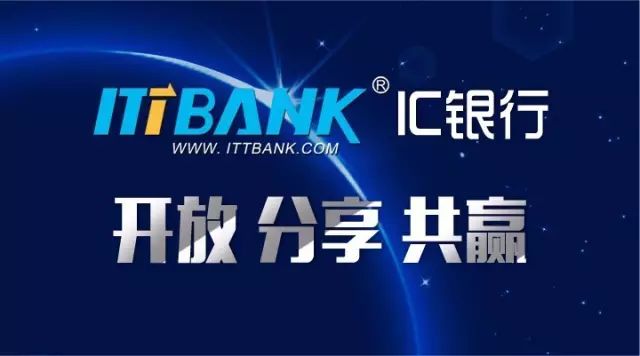
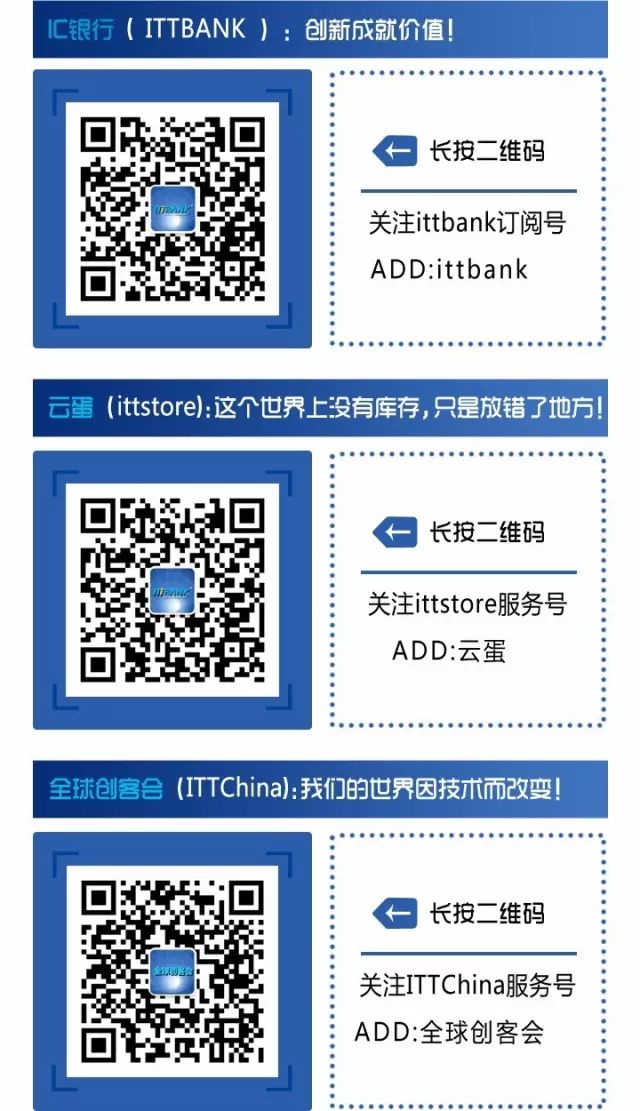
Welcome to Join the ITTBANK QQ Group
Note: Each person is limited to joining one group (if you join multiple groups, you will be rejected, please understand!)
1. Mobile Industry Technology Exchange Group 3 (134917677)
2. Tablet Technology Exchange Group (378173769)
3. Set-top Box OTT Box Exchange Group (361764225)
4. Capacitive Touch Technology Exchange Group 2 (257209943)
5. Camera Technology Exchange Group (377648136)
6. LCD Screen Technology Exchange Group 2 (249572580)
7. Wireless WIFI Technology Exchange Group 2 (416431905)
8. Security Technology Exchange Group (308535073)
9. Memory Storage Exchange Group (204191613)
10. Mobile, MID, Capacitive Touch, LCD Screen Trading Group (374763457)—Exclusive sales and trading procurement group
11. Cross-border E-commerce Communication (384299409)
12. Global Maker Space (188561451)
13. Dash Cam (294132591)—The most professional dash cam review group
14. Global Electronics Technology Exchange Platform (370733047)—(This group is purely a technical exchange group, exclusively for technical engineers, traders are not allowed! Thank you! Please add standard remarks when joining the group, indicating region + industry + nickname, for example, Shenzhen-Bluetooth WiFi Solution-Xie Gong!)
15. Welcome to join the AR/VR Technology Exchange Group (527375006)
16. Welcome to join QQ Group (199699487)—Amlogic S802/S805/S812 and other solution platform network players
Submission Email: [email protected]
ITTBANK Customer Service Hotline:
400-0933-666

Click “Read Original” to enter the ITTBANK WeChat Mall












